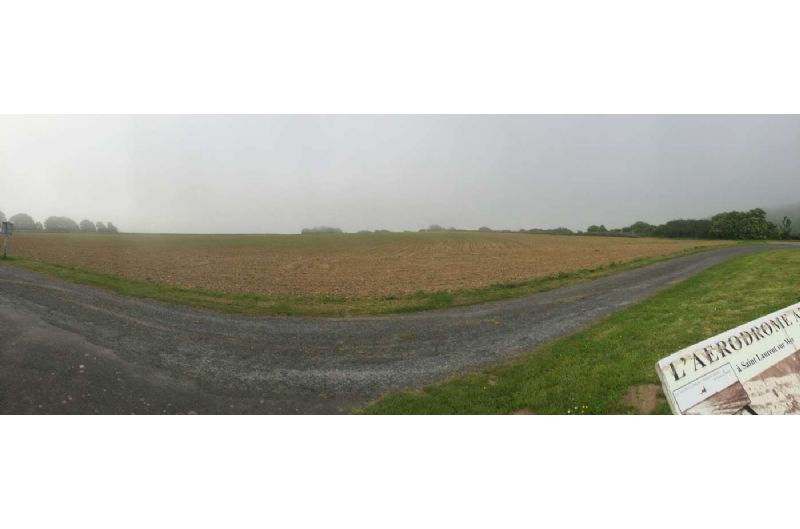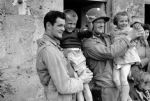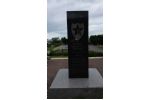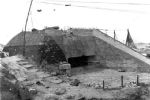Monument Advanced Landing Ground E1 A 21C
Allied airfield built from June 8 by the 834th Engineer Battalion of the 9th US Tactical Air Force commanded by Lieutenant Colonel Livingston. It had an emergency landing strip 1035m long and 30m wide. The first casualty transport to England took place on June 9 at 6pm. The airfield was also used as a transport terminal from June 15, 1944. In August, it was used with Colleville airfield to transport 1,000 tons of fuel a day for Patton's army. It served until September 25, 1944.
Aviation played a vital role in Operation Overlord. The Saint-Laurent airfield was one of the first to become operational. By mid-August, the Allies had some 50 at their disposal.
After the initial project to locate it on the Vierville cliff was abandoned. too heavily mined and under sniper fire, it was quickly built on June 8 and 9 by the 834th Engineer Battalion of the 9th US Tactical Air Force. commanded by Lt-Colonel Livingston.
As part of the ELS Aerodrome,. known as "Emergency landing Strips", it featured a 1035m-long, 30m-wide packed earth emergency landing strip. Its original purpose was to cater for any emergency situation that might arise, such as aircraft in mechanical difficulty, running out of fuel or ammunition, or urgent military transports. Circumstances made this airport highly suitable for casualty evacuation. replacing operations initially planned by sea but too complex to carry out.
The transport of casualties to England became operational on the evening of June 9. with the first Dakota sanitary landing at 6pm. Evacuation of the wounded from the various surrounding medical units was handled by the 806th medical evacuation group. transported by the 31st transport group commanded by Colonel Feldman. According to the testimony of one of the "flying bears". Mrs Tierney. the mercy planes C47, flying hospitals equipped with 18 stretchers and emergency medical equipment, evacuated 20,000 wounded until the end of August. The airfield was also used as a transport terminal from June 15 onwards, and above all to move heavy freight after the storm on June 19 that destroyed the port of Omaha.
In August 1944, this airfield was used, along with the one at Colleville, to transport 1,000 tons/day of fuel for the Patton army, which was sorely lacking in its advance. It was also regularly used as an emergency runway for aircraft in difficulty. It remained in operation until September 25, 1944, when it was handed over to the French authorities.










